What's inside the yellow box? Amazing discoveries and experiences await you in every issue of National Geographic magazine.
FROM THE EDITOR
Saving Endangered Species, Saving Ourselves
CONTRIBUTORS
NATIONAL GEOGRAPHIC EXPLORERS • These contributors have received funding from the National Geographic Society, which is committed to illuminating and protecting the wonder of our world.
IN SEARCH OF STILL LIFES • A photographer roams Canada creating portraits of ecosystems to foster greater appreciation for nature’s smaller elements.
THE BACKSTORY • HIKING AT A SNAIL’S PACE GIVES THIS PHOTOGRAPHER TIME TO DOCUMENT THE LITTLE THINGS BEFORE IT’S TOO LATE.
We Need Play, Seriously • ADULTS TEND TO DISMISS IT AS SILLY OR CHILDISH, BUT HAVING FUN MAY BE FUNDAMENTAL TO THE SURVIVAL OF OUR SPECIES.
Playtime 101, for Adults
Fun: Not Just for Mammals
Follow the leader
ON THE COAT TALES • TWO GIRAFFES, ONE IN THE WILD AND ONE IN CAPTIVITY, WERES POTTED WITHOUT THEIR SPOTS.
Could a false tooth be a twofer?
A Gift, When It Mattered Most • AFTER A PHOTOGRAPHER RECEIVED HEARTBREAKING NEWS DURING A DIFFICULT ASSIGNMENT, HE WAS DESPERATE. THEN POPE FRANCIS TOOK A DETOUR.
ARA KUSUMA • She helps give children in Indonesia access to quality education.
TRAILING THE ROYALS • CENTURIES-OLD FOOTPATHS IN HAWAI‘I, WHERE NOBLES ONCE STEPPED, OFFER GLIMPSES INTO THE ISLANDS’ PAST.
WALKING HAWAI‘I’S HISTORY • Footpaths and trails, first protected by Hawaiian royalty in 1892, have grown into a network of 500 miles across six islands.
FLIGHT OF THE MONARCHS • Each year these iconic butterflies undertake one of the most extraordinary—and increasingly dangerous—journeys on the planet. Now scientists and citizens are joining forces to help them thrive.
A GENERATIONAL JOURNEY • The annual and awe-inspiring migration of monarchs through North America is an odyssey involving multiple generations. From a first group that survives just weeks to descendants that can thrive for months, their journey is an epic one.
CONTINENTAL QUEST • Monarch butterflies fly to warm regions where milkweed, vital for their offspring, is available. North America has two populations: western monarchs that breed west of the Rockies and winter in coastal California, and eastern monarchs that breed in the Great Plains, Canada, and Florida, before many migrate to central Mexico for the winter.
Restoring monarch habitat, one yard at a time
Reproductive Revolution • For years, science has made it possible to start families later in life. Now, more advanced methods to extend fertility may be on the way.
Smaller Families, Starting Later • Delayed marriage, contraceptive use, and changes in abortion access contributed to a steep drop in fertility rates in the United States in the 1970s, after the baby boom era. In recent decades, the decline has been driven by factors including more women entering the workforce and more women postponing childbearing.
Illuminating the Human Embryo • As a female ages, eggs and the embryos that develop from them run a greater risk of genetic abnormality. This can lead to infertility or miscarriage, risks that increase significantly after the age of 35. Recently, using fluorescent dyes and laser microscopes, researchers have captured the most detailed images ever seen of human embryos growing in a lab. This breakthrough imaging technique could help doctors improve embryo selection during the in vitro fertilization (IVF) process, leading to higher pregnancy and lower miscarriage rates.
BETWEEN TWO WORLDS • TO PROTECT ITS TRADITIONAL WAY OF LIFE, AN AMAZON TRIBE TAKES UP MODERN TOOLS.
ENCROACHING DANGERS • The Amazon’s Javari Valley, home to isolated tribes...
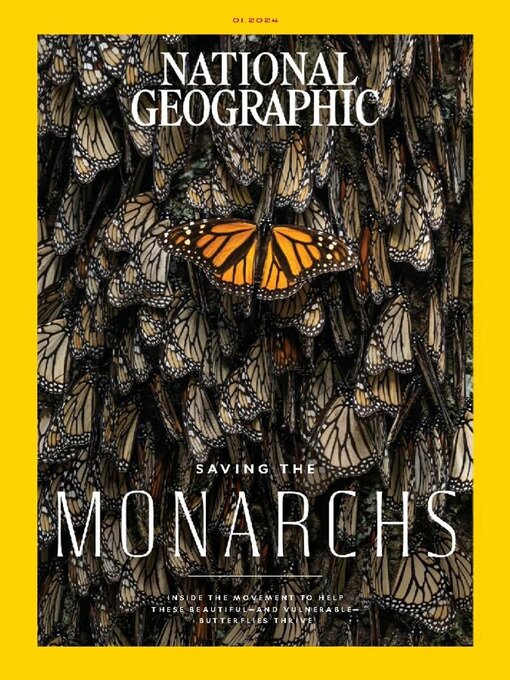
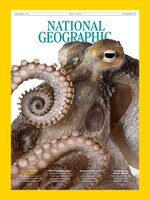 May 01 2024
May 01 2024
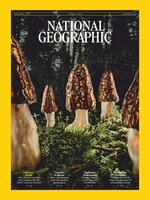 Apr 01 2024
Apr 01 2024
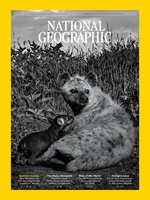 Mar 01 2024
Mar 01 2024
 Feb 01 2024
Feb 01 2024
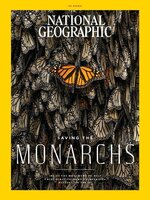 Jan 01 2024
Jan 01 2024
 Dec 01 2023
Dec 01 2023
 Nov 01 2023
Nov 01 2023
 Oct 01 2023
Oct 01 2023
 Sep 01 2023
Sep 01 2023
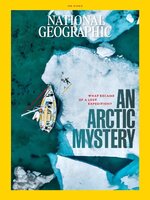 Aug 01 2023
Aug 01 2023
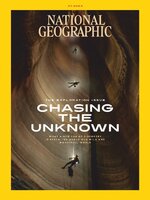 Jul 01 2023
Jul 01 2023
 Jun 01 2023
Jun 01 2023
 May 01 2023
May 01 2023
 Apr 01 2023
Apr 01 2023
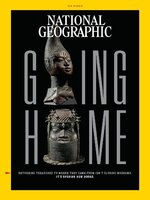 Mar 01 2023
Mar 01 2023
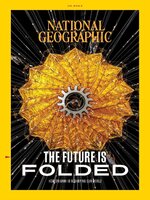 Feb 01 2023
Feb 01 2023
 Jan 01 2023
Jan 01 2023
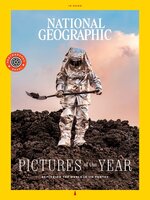 Dec 01 2022
Dec 01 2022
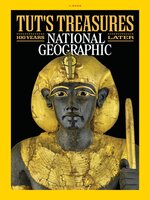 Nov 01 2022
Nov 01 2022
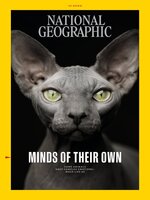 Oct 01 2022
Oct 01 2022
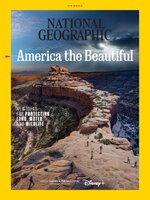 Sep 01 2022
Sep 01 2022
 Aug 01 2022
Aug 01 2022
 Jul 01 2022
Jul 01 2022
 Jun 01 2022
Jun 01 2022
